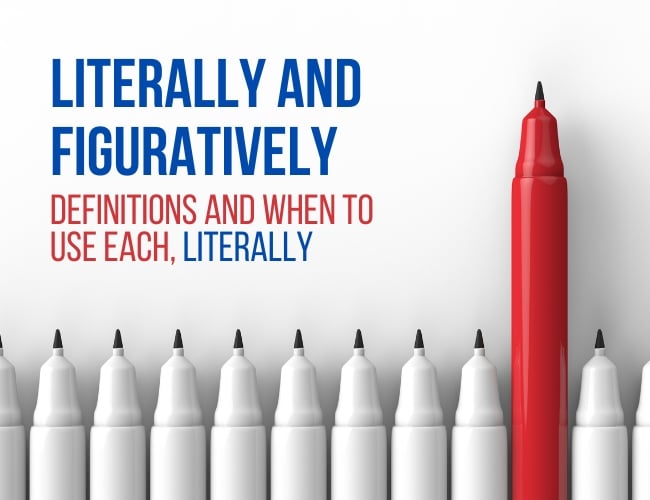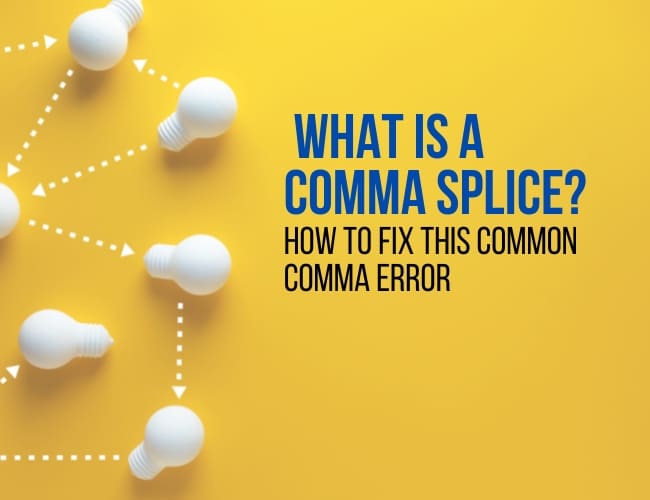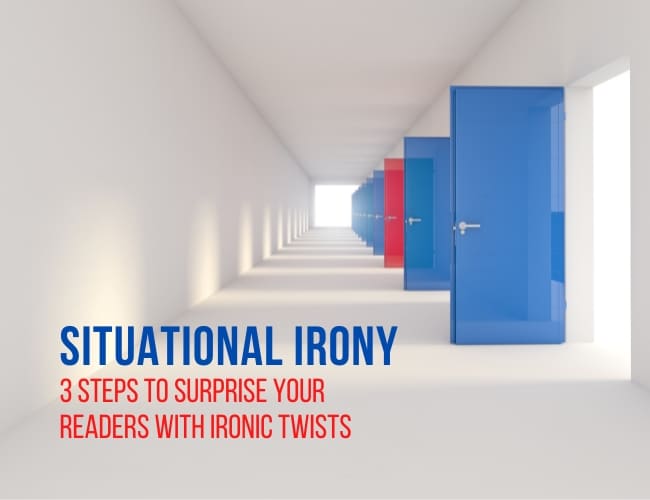
by Liz Bureman and Sue Weems |
The English language is full of idiomatic phrases and figurative expressions that often take on new life in casual conversation. One of those expressions that often irks grammarians is the use (or misuse) of literally and figuratively. Have you noticed the overuse of literally in everyday speech? Today let’s look at these two terms and how to use them to our advantage as writers.

by Liz Bureman |
We’re venturing into a realm where writers bend the rules of grammar in the name of creativity, but to the great frustration of editors. A comma splice is one of the most easily avoidable grammatical travesties.

by Joslyn Chase |
So, you’ve figured out how to write a story that works. You know you need a character, in a setting, with a problem. You know you need a series of try/fail cycles, followed by a climactic scene and the resolution. The structure is simple, but it’s not always easy.
In particular, it can be challenging to sustain and escalate the story’s momentum through those try/fail cycles. And it would be nice to have something that could give your story a delicious ribbon of flavor, instilling brilliance and meaning.
Here’s the good news—there is such a technique. It’s called situational irony, and in this article, we’re going to take a look at what it’s made of and how to construct it in your own work.

by Liz Bureman |
When someone asks you, “How are you?” how should you respond? Should you say, “I’m good,” or, “I’m well?” Which is correct grammatically: good or well.
Since “how are you?” became a standard greeting, the use of good vs. well has been hotly disputed. Let’s straighten this confusion out.

by Sue Weems |
Can book writing software replace an editor? Nope. But it can help you improve your grammar and readability.
You were born to tell stories and share your message with the world. But you sit down to type and something terrible happens. Your fingers misspell things. Verbs switch tenses as you type. Nothing works quite like it did when it was still just a compelling idea in your head.
You reread and catch a few errors, but what if you’ve reached the end of your grammar prowess? Need some book writing software to help improve your writing?

by Liz Bureman |
I play kickball on a league in Denver, and if you haven’t tried playing this playground game as a grown person, I highly recommend it.
I was talking about my team with someone this past weekend, and they asked, “Oh, it’s like intramural kickball?” I said yes, although it is weird to hear someone use the word intramural outside of college.
Also, it’s definitely intramural, not intermural. But what’s the difference?





